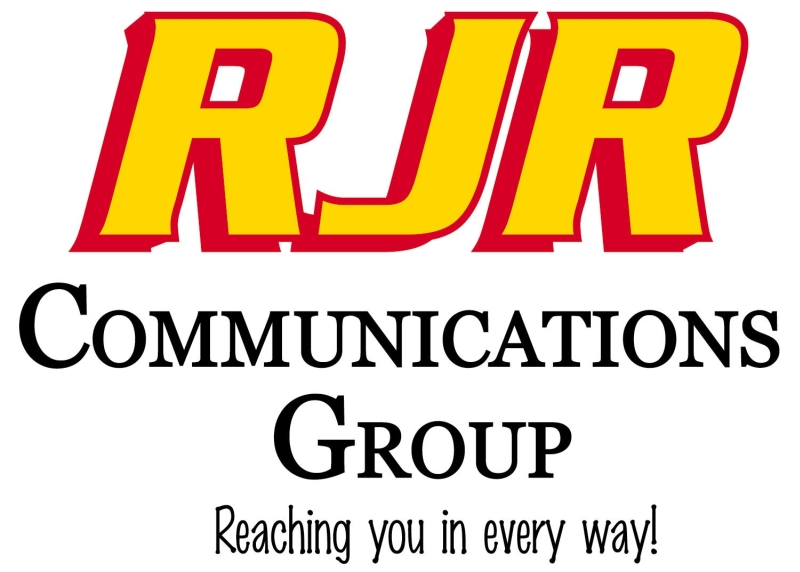Jamaica’s Independence welcomed broadcast television on August 6, 1963, through successful execution by then public broadcasting firm Jamaica Broadcasting Corporation (JBC). Due to financial constraints, content was imported from the United States and UK. RJR Communications Group, now taking the spot as market leader in the industry, has introduced modern technologies, innovation and investigative journalism. The Group was established in 1897, and listed on the Jamaica Stock Exchange [JSE] in 1994.
But since then how has their presence in the market benefited shareholders?
RJR Communications Group is the largest communications group in Jamaica, boasting five radio stations, television channels such as; Television Jamaica (TVJ), Jamaica News Network (JNN) and RETV, The Gleaner, and The Star, and an online streaming platform One Spot Media. Subsidiary company Multimedia Jamaica Limited, also forms part of the group, geared towards providing new enhanced technologies and business solutions to the market. The company participated in a merger process between RJR communications and The Gleaner Company [JSE:1834] in 2016. Managing Director Gary Allen, stated that the intention of the merger was “…to accelerate the pace of innovation to deliver superior products and services within the marketplace..”
Has the company successfully achieved that?
Radio Jamaica Limited [JSE:RJR], home to over 12,000 shareholders is most notably challenged by a ‘soft market’, that is flooded with more sellers than buyers, who are unattracted by the company’s performance; noticeable in the slow movement in capital growth. Year-to-date, the stock price has fallen by 18%, and within the last 6 months the only stock that fell by 22%. Even with exclusive rights to the recently concluded FIFA World Cup 2018, the company reported a disappointing 10% increase in profits. The company’s unaudited financial statements for the quarter ending June 2018, reported an after-tax loss of $70 million, 48% higher than the corresponding quarter in 2017. RJR has also seen a reduction in income by 47%.
Why are shareholders still standing by RJR?
The shareholders that remain loyal to the company are optimistic that the company’s broad stream of income and presence within the diaspora, will eventually make a turnaround in the future.
Are shareholders willing to go further with RJR?
Between 2014 and 2018, the stock has traded at a high of $6.00 in January 2016-assumed to be in anticipation of the merger and a low of $0.87 on October 23, 2018. Since the merger, the share price has fluctuated significantly.
As the market moves away from print media and television, it is imperative that RJR constantly adjusts its strategy to keep up with these changes to remain competitive. Without this adjustment, the share price and profits will continue to fall, as shareholders loses interest in the company. The potential to rise to become a top performing stock is possible, however is RJR willing to be reactive and utilize its resources to make an improvement?
If you liked this article and want to read other great stories, try our Archives. Also if you are new to investing you can try our Investment Basics Blog.
If you want to start investing with SSL but don’t have the time to monitor the market or to conduct the trades yourself then you can choose one of SSL’s managed Financial Planning products. We offer a variety of products for every type of investor and if you are interested in managing online trades yourself and having complete control over your investment portfolio then you can try SSL’s Brokerage account.
Follow us on Facebook, LinkedIn and Twitter please leave us a review.


